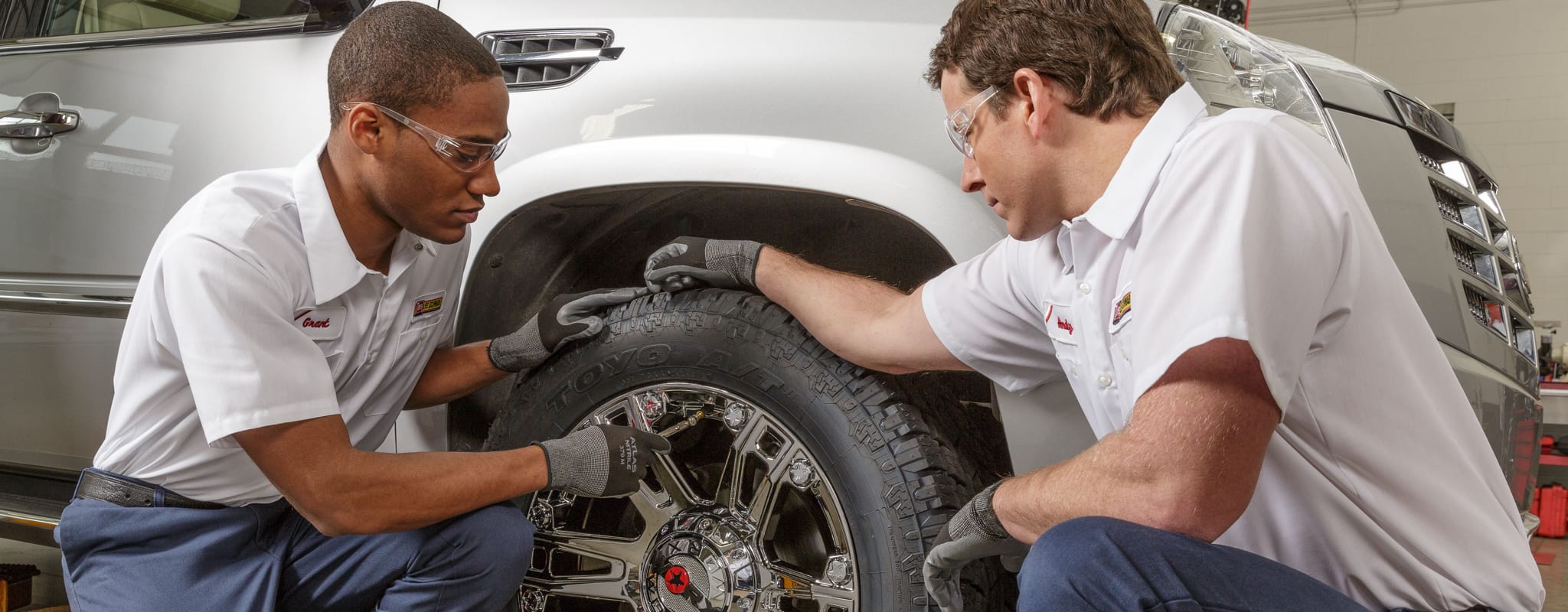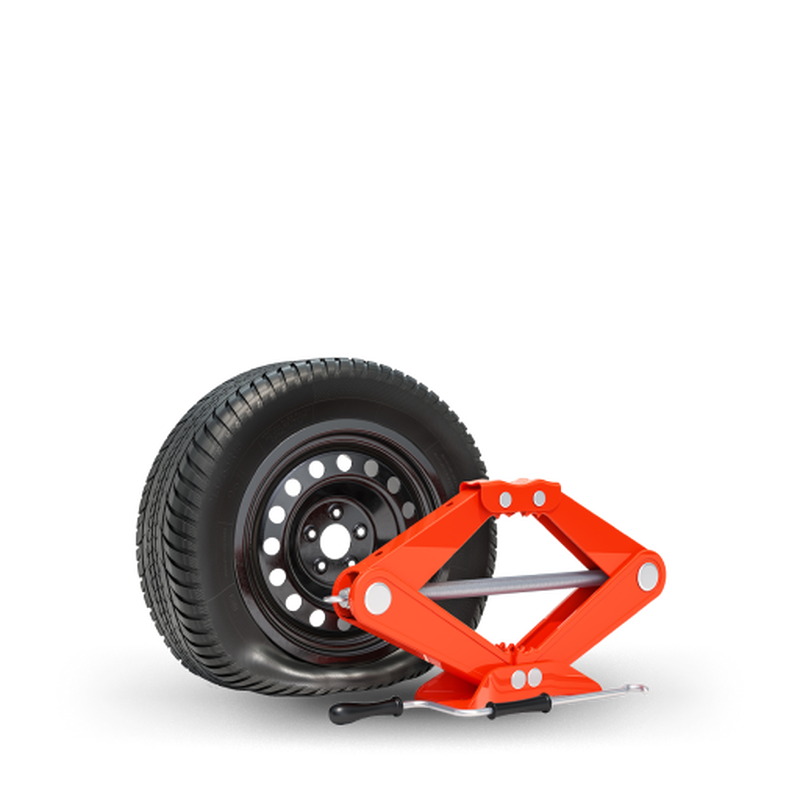Morris Tires: Where GMC Tire Service Satisfies Top Quality
Tire Service: The Effect of Weather Conditions
When it comes to guaranteeing optimum performance and security when traveling, recognizing the impact of weather condition conditions on tire service is crucial. From scorching warm to icy roadways, each climate component can significantly influence tire functionality and total driving experience. By delving right into the results of differing climate condition on tires, motorists can obtain important insights that might improve their vehicle's performance and durability. In this discussion, we will certainly check out the intricate partnership in between weather and tire solution, clarifying the value of weather-specific tire maintenance methods and factors to consider.
Warmth and Tire Performance
When subjected to high temperatures, tires experience modifications in performance that can substantially impact vehicle security and handling. The heat generated from extended driving or warm climate problems causes the tire rubber to soften, leading to minimized step life and boosted wear.

Winter Impacts
Winter conditions can have a substantial effect on tire efficiency and security. As temperature levels decline, tire rubber can solidify, resulting in reduced traction on icy or snow-covered roadways. In winter, tires may also shed atmospheric pressure much more rapidly, which can affect managing and gas effectiveness. In addition, chilly temperature levels can cause tire sidewalls to stiffen, raising the threat of damages from potholes or various other road dangers.
To reduce the results of winter on tires, it is crucial to on a regular basis examine tire stress and inflate them to the manufacturer's suggested levels. Making use of winter or all-season tires created for winter problems can additionally boost grip and grip on icy or snowy roads. Correct tire maintenance, including normal inspections for wear and damages, ends up being also a lot more important during colder months to make certain optimum efficiency and safety and security.
Rainy Conditions Impact
Throughout stormy conditions, tire performance and safety can be substantially affected by the wet roadway surface areas and reduced presence. The step pattern of tires plays a crucial function in keeping traction on wet roads. Tires with worn-out footsteps are more susceptible to hydroplaning, where a layer of water develops up in between the roadway and the tire surface area, bring about loss of traction. To battle this, drivers need to frequently check their tires for adequate walk deepness and think about buying tires particularly developed for wet conditions.
In addition, wet climate can also lower presence, making it challenging for drivers to see the roadway in advance clearly (GMC Tire Service). In such problems, it is necessary to adjust driving rates accordingly and maintain read this a risk-free following range to allow for unexpected stops. Properly filled with air tires can also assist in keeping control on wet roadways by offering better handling and grip
Snow and Tire Security
When driving in snowy problems, having the appropriate tires can make a substantial difference in safety and security and performance. Wintertime tires are designed with unique rubber substances and walk patterns to provide much better grip on snow and ice contrasted to all-season tires.

In addition, motorists need to think about setting up tire chains in extreme snowy conditions. Tire chains offer added traction by grasping the snow and ice, boosting security and control. It is essential to comply with maker directions when setting up and utilizing tire chains to avoid damage to the tires and lorry (GMC Tire Service). By picking the appropriate tires, keeping proper rising cost of living, and taking into consideration additional grip help like tire chains, drivers can enhance their safety and my site security when browsing snow-covered roadways.
Weather-Related Tire Maintenance
When encountered with different climate conditions, proper tire upkeep becomes an important facet of car safety and security and performance. Weather-related tire maintenance encompasses an array of practices focused on making sure ideal tire function and long life in various weather condition circumstances. One essential aspect of weather-related tire upkeep is tire pressure regulation. Changing temperatures can create tire pressure to vary, impacting grip and gas efficiency. Frequently changing and examining tire pressure according to maker recommendations is essential for safe driving in transforming weather. In addition, tire walk deepness plays a substantial function in managing various weather components. Tires with adequate step depth give far better grip on wet or icy roads, decreasing the threat of hydroplaning or skidding. When step wear reaches a certain depth is vital for preserving grip and stability in damaging weather condition, evaluating tire walk on a regular basis and changing tires. By focusing on weather-related tire maintenance, motorists can boost security, boost automobile performance, and prolong click the life-span of their tires.
Conclusion
To conclude, climate condition have a significant influence on tire efficiency and safety. From warmth affecting tire pressure and put on to cool weather condition decreasing traction, it is necessary to consider the weather when keeping and making use of tires. Stormy problems can reduce grasp and cause hydroplaning, while snow can increase the danger of accidents if tires are not correctly outfitted. Weather-related tire maintenance is crucial in ensuring optimum efficiency and safety and security when driving.
In this discussion, we will certainly check out the detailed relationship in between climate conditions and tire solution, losing light on the relevance of weather-specific tire upkeep techniques and factors to consider.
